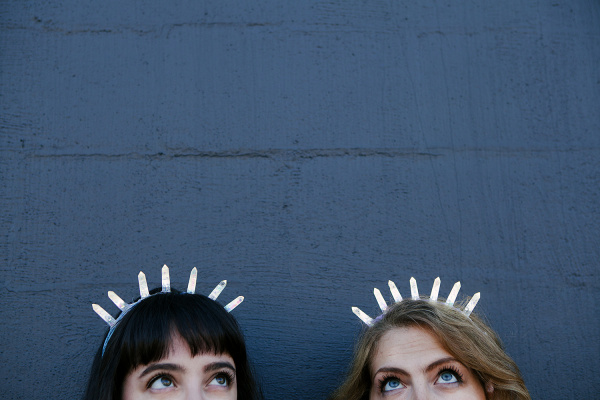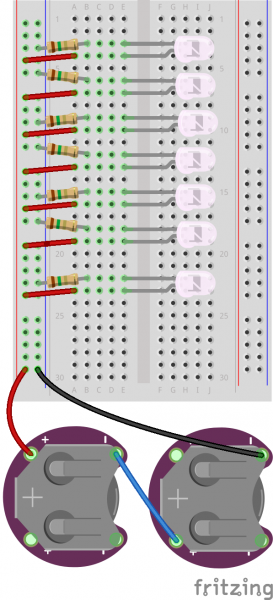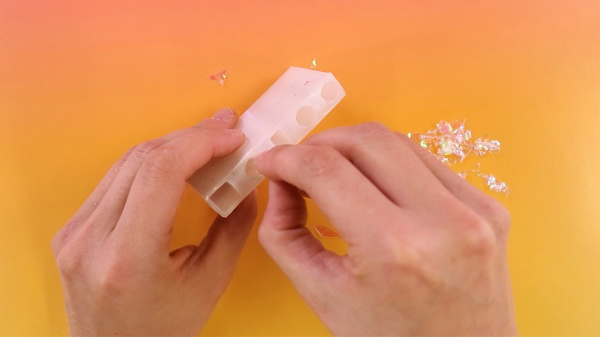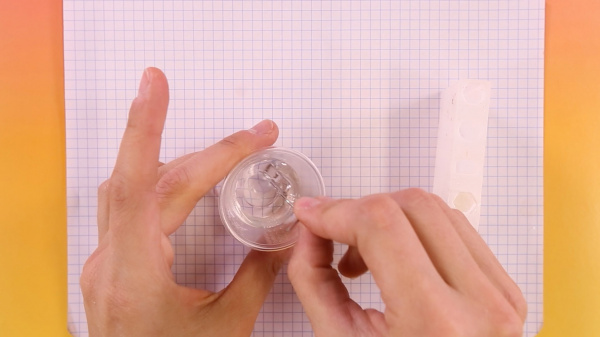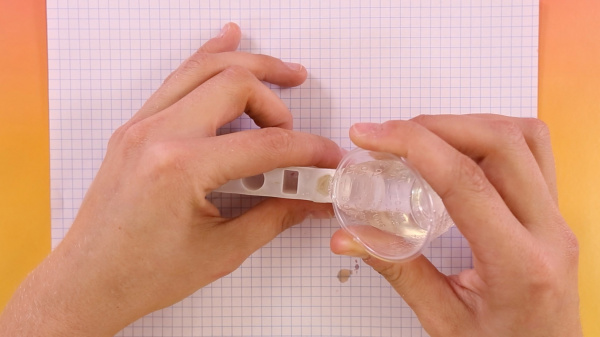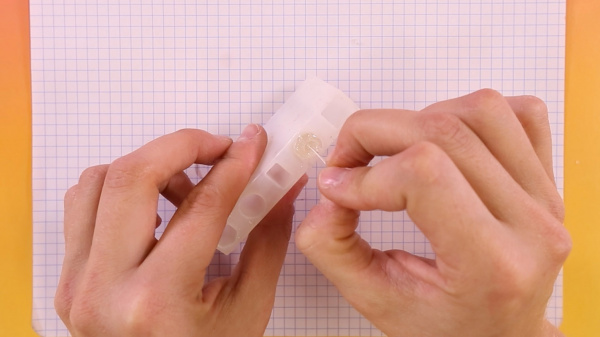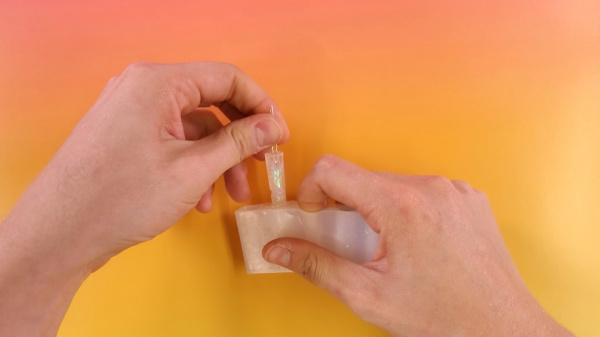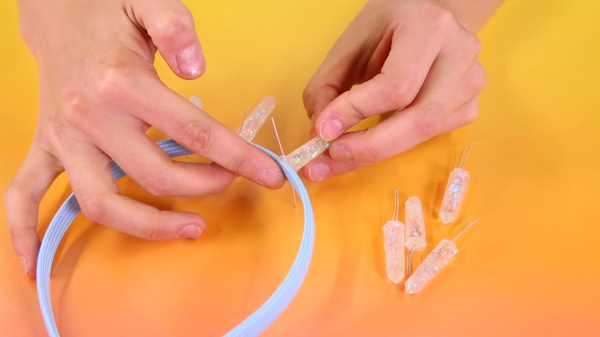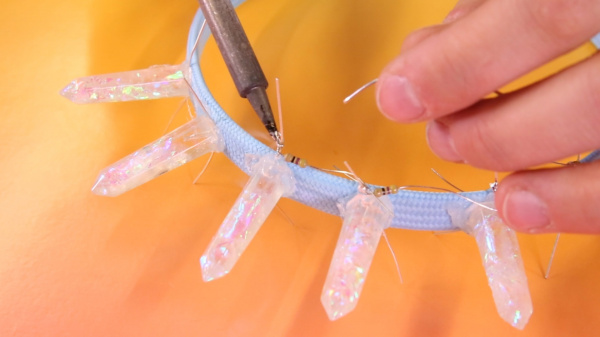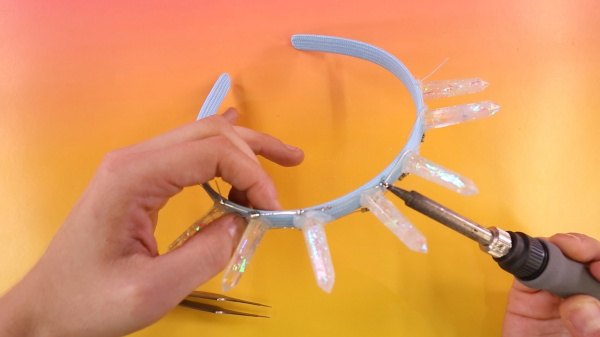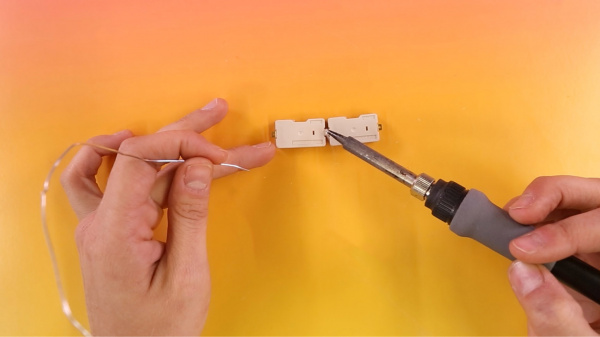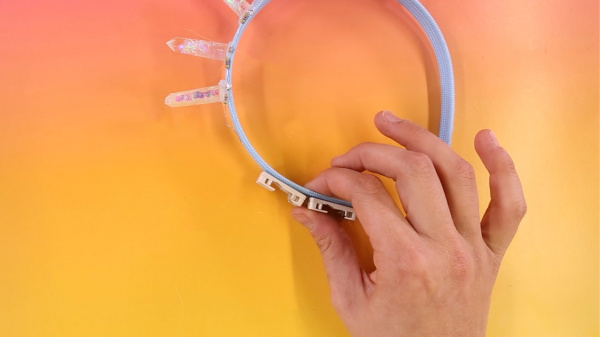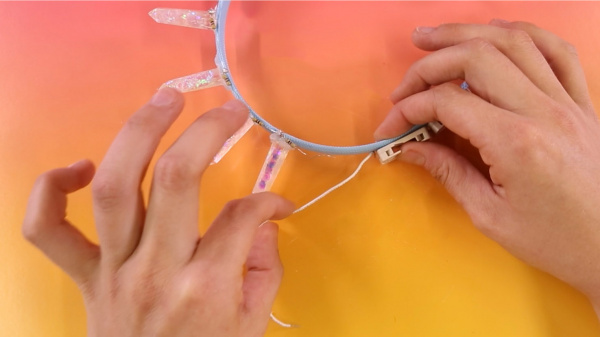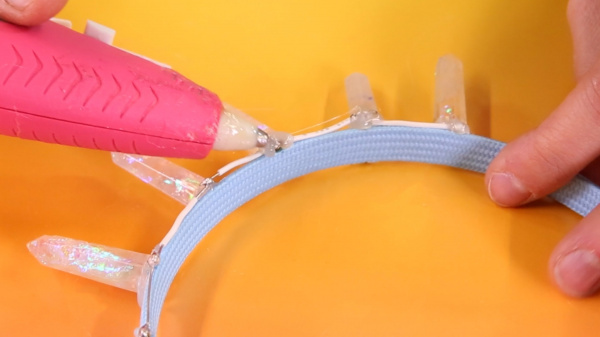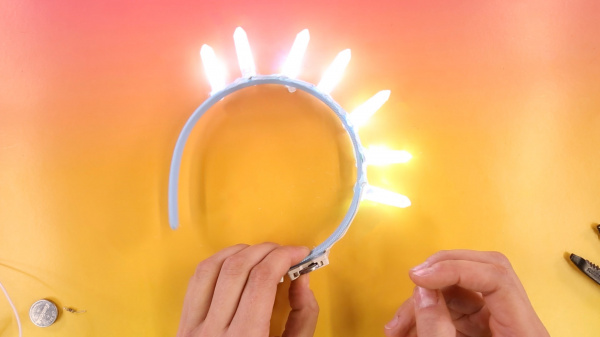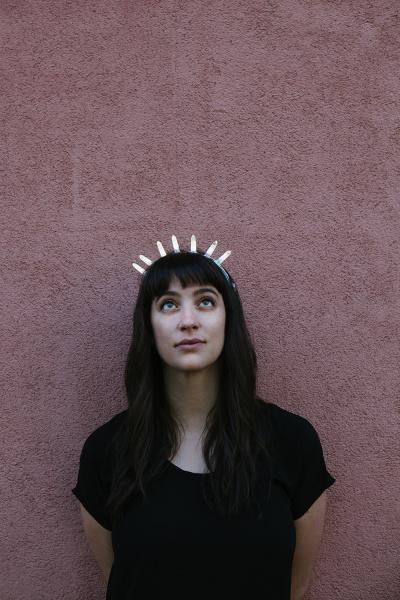LED Crystal Goddess Crown
Introduction
Design and build time: 2 Days (using 7 molds)
In this project, we’ll create a wearable LED Crystal Crown using a simple circuit made of 7x Super Bright White LEDs wired in parallel and powered by two coin cell batteries wired in series.
Suggested Reading
Before you get started, take some time to familiarize yourself with the following:
How to Solder: Through-Hole Soldering
What is a Circuit?
How to Power a Project
Light-Emitting Diodes (LEDs)
Polarity
Series and Parallel Circuits
Materials and Tools
Let's go over all of the things you'll need to solder your project together.
You Will Also Need:
- Headbands (can be found at your local drugstore)
- EasyCast Clear Cast Epoxy
- Hot glue gun (with extra glue)
- Mixing Cup
- Silicone Crystal Shaped Mold
- Glitter
- Paper Clip
- Flush Cutters
- Wire Strippers
Understanding Your Circuit
The LED Crystal Goddess Crown project is an example of a basic circuit – an electrical loop that travels from a power source along a path (i.e. wires, traces, or any conductive material), through one or more component(s), and then back to the power source. For our project, we’ll use LEDs (Light-Emitting Diodes). This electrical loop for the project is completed by soldering the LED's leads together. In order to light the LEDs, electricity from the power source must flow from the positive (+) side of the battery through an LED and back to the negative (–) side of the battery. This electric flow is called current.
In this circuit, the LEDs are soldered in parallel while the two coin cell batteries are attached in series. Take a look at the LEDs, current limiting resistors, and batteries in the circuit diagram below. When the LEDs are connected in parallel, all the positive leads will be connected together. The bent leads on the right of the LEDs (anodes +) are connected to VCC or + on the power source and to each other. Additionally, the negative leads will share a common connection. Notice that the leads on the left of the LEDs (cathodes -) are connected to ground on the power source via a resistor. We suggest using a low value resistors (i.e. a 1.5Ω with brown green gold color bands) as the current limiting resistor in this project to maximize the brightness of the LEDs.
It's important to keep in mind that certain electronic components (like LEDs) have polarity - meaning electric current can only flow through them in one direction. If hooked up incorrectly, the LEDs will not light up. The battery is also polarized; it has a positive and negative side. Always check the to make sure that all your parts are correctly oriented before soldering together a circuit.
Putting It Together
STEP 1:
Stuff your crystal mold with glitter.
STEP 2:
Prepare the resin according to the instructions on the box. Use a paper clip to mix.
STEP 3:
Pour the prepared resin into your crystal mold. Squeeze, tap, and shake the mold lightly to make sure all air bubbles reach the surface. The resin should be almost to the top, with some extra room left over.
STEP 4:
Place the LED into the resin-filled mold with the electrical leads completely out of the resin and pointing towards the sky. If the LED is falling or leaning in any direction, add some tape to the leads and the side of the mold to keep it straight.
STEP 5:
Let this sit for 24 hours to harden.
STEP 6:
Remove the resin crystal from the mold and repeat step 4-6 another 6 times. This can either be done over the course of 7 days (one full 24 hours per crystal), or in one 24 hours time period with seven separate molds.
STEP 7:
Bend the electrical leads of each crystal perpendicular to their natural position, and hot glue the crystals at the base to your headband.
STEP 8:
Solder the resistors to the LED cathodes according the the circuit diagram provided above.
STEP 9:
If necessary, use some hook-up wire to connect the LED terminals together in parallel. Cut a piece of the wire from a spool and strip a piece of the wire. Otherwise, bend the LED terminals so that they connect to each other in parallel. Continue to solder the LEDs together in parallel according to the circuit diagram.
STEP 10:
Solder the two battery holders together in series (i.e. positive lead connects to negative lead).
STEP 11:
Hot glue the battery holders to the base of the headband.
STEP 12:
Use the hook-up wire to connect the battery holder leads to the LED leads according to the circuit diagram.
At this point, try inserting the batteries into the battery holders to test. If the LEDs are not lighting up, try checking your circuit and connections. If the LEDs are lighting up as expected, remove the batteries and move on to the next step!
STEP 13:
Thoroughly insulate all exposed wire with hot glue.
*PLEASE NOTE: The wires need to be completely covered in hot glue. Make sure that metal pins on the anode and cathode side have some space between each other. This is to prevent a circuit short which can cause a fire. It is important for your safety to completely cover any exposed wire with glue.
STEP 14:
Re-insert the batteries and enjoy!
Resources and Going Further
Looking for another project? Check out these similar projects for inspiration!
